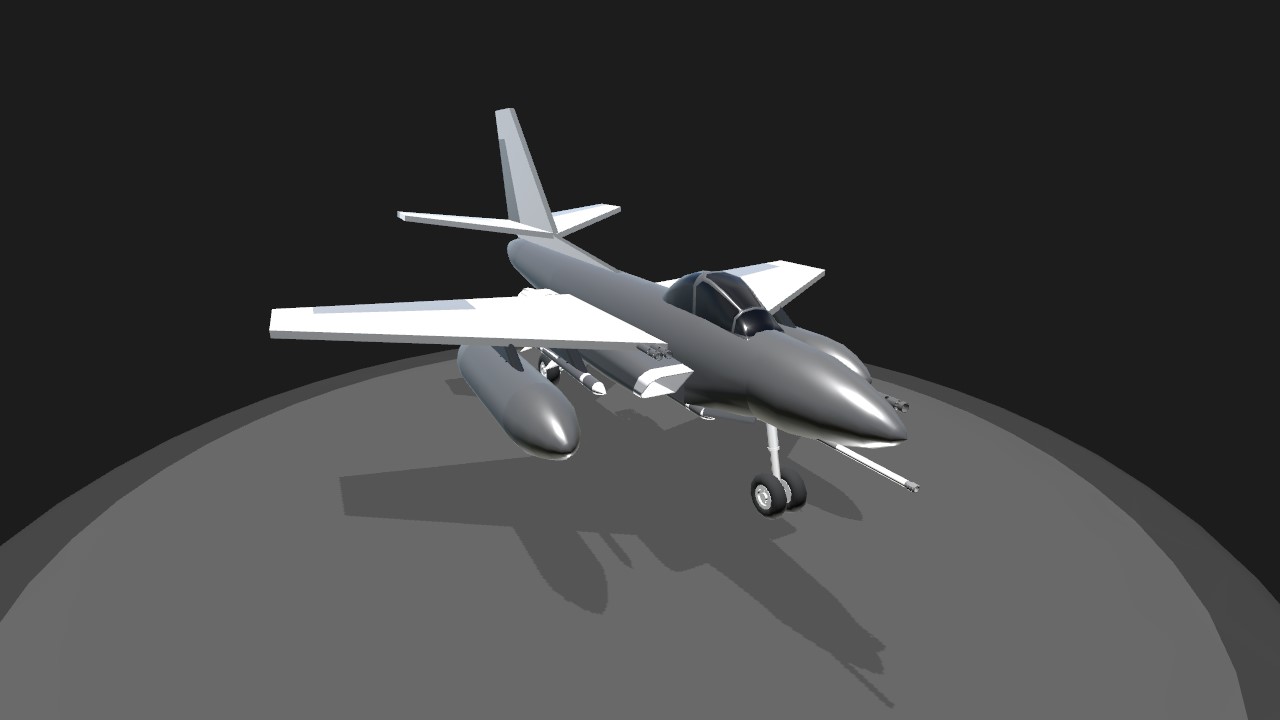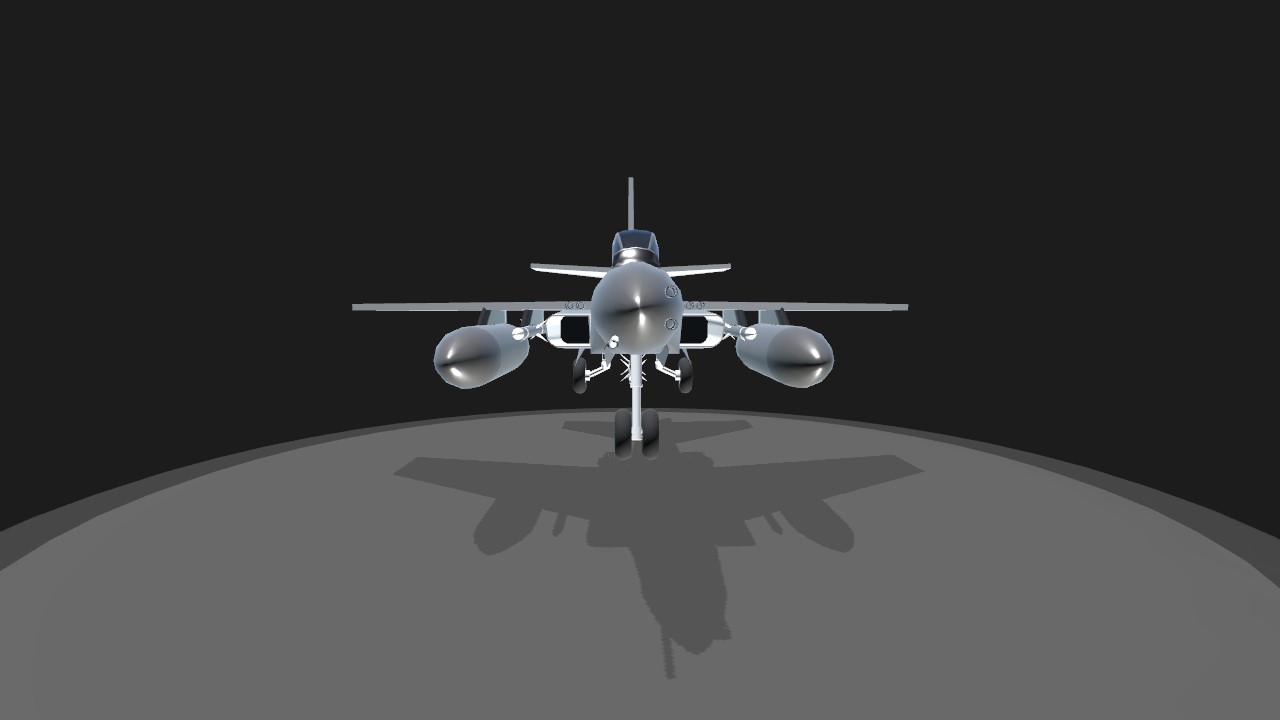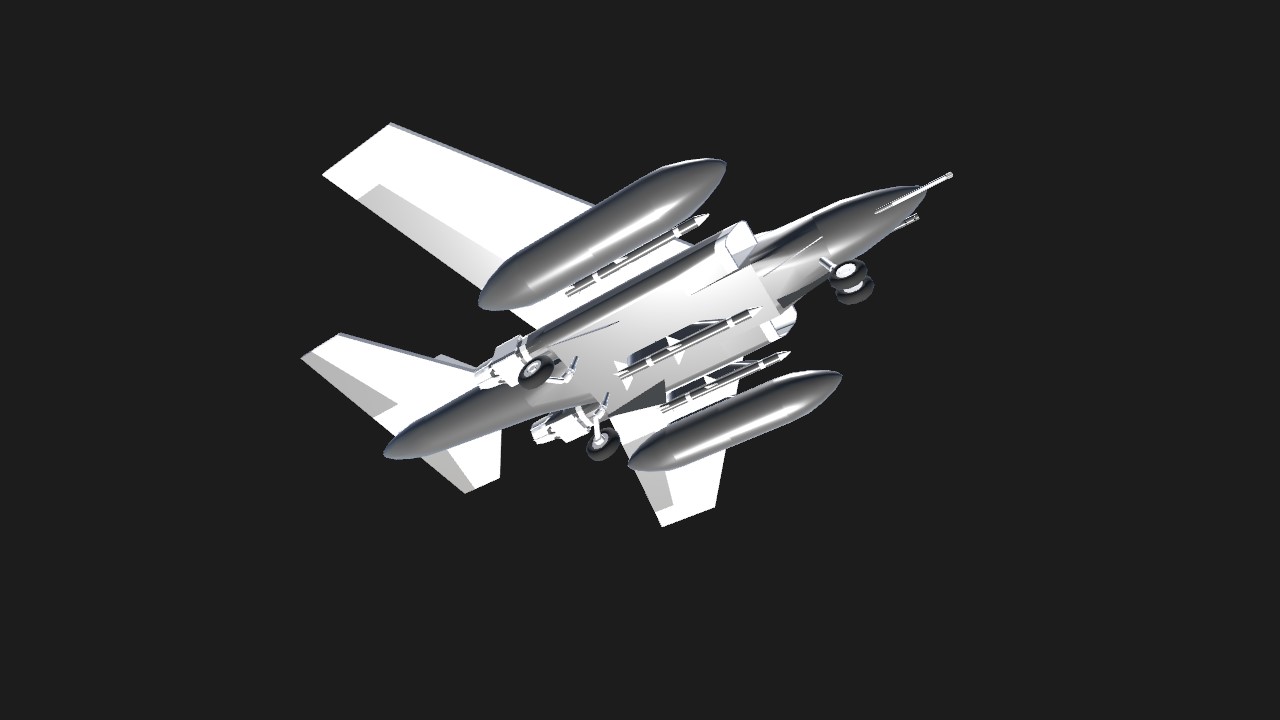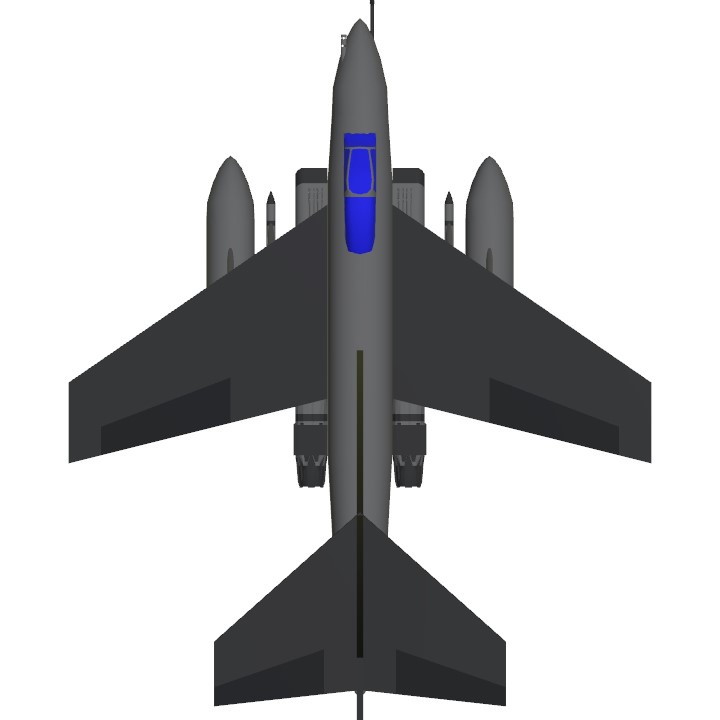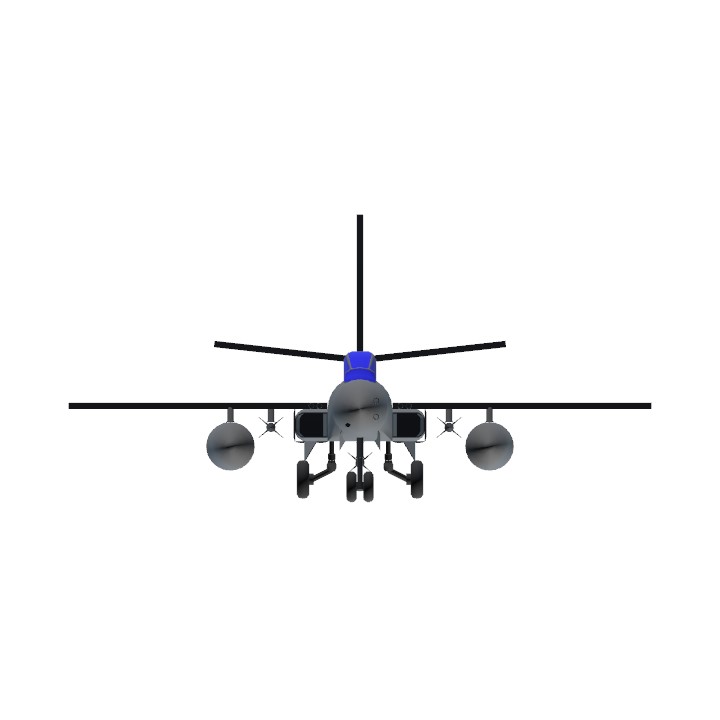Due to the failings of the CF-1 as a viable aircraft, Canadiar moved on to regain their standings with the Canadian government. One full year after the CF-1 disaster, Canadair came out with a design proposal for a larger aircraft using two newly developed jet engines. These were much more powerful than the ones used on the CF-1, allowing the new aircraft to be larger and faster. The new aircraft, the CF-2, had an armament of one 50mm autocannon, and six .50 caliber MG’s. Two MG’s were located in the left cheek of the nosecone, and the 50mm cannon was located in the right. The other four MG’s were located in the wing roots, two on each side. Provision was also made for three AIM-7 Sparrows, as well as two drop tank mounts. Fun Fact: The CF-2’s name, Frostbite, came from the disastrous winter of its maiden flight, when three test pilots all got frostbite on their fingers when climbing into the plane. It had been sitting in the open the entire night. The CF-2 was a success, and 200 aircraft were produced and put into service, protecting the cold Canadian skies.
Specifications
General Characteristics
- Created On iOS
- Wingspan 29.3ft (8.9m)
- Length 36.5ft (11.1m)
- Height 14.5ft (4.4m)
- Empty Weight 6,898lbs (3,129kg)
- Loaded Weight 12,332lbs (5,594kg)
Performance
- Power/Weight Ratio 0.82
- Wing Loading 37.3lbs/ft2 (181.9kg/m2)
- Wing Area 331.0ft2 (30.8m2)
- Drag Points 2680
Parts
- Number of Parts 60
- Control Surfaces 5
- Performance Cost 308

